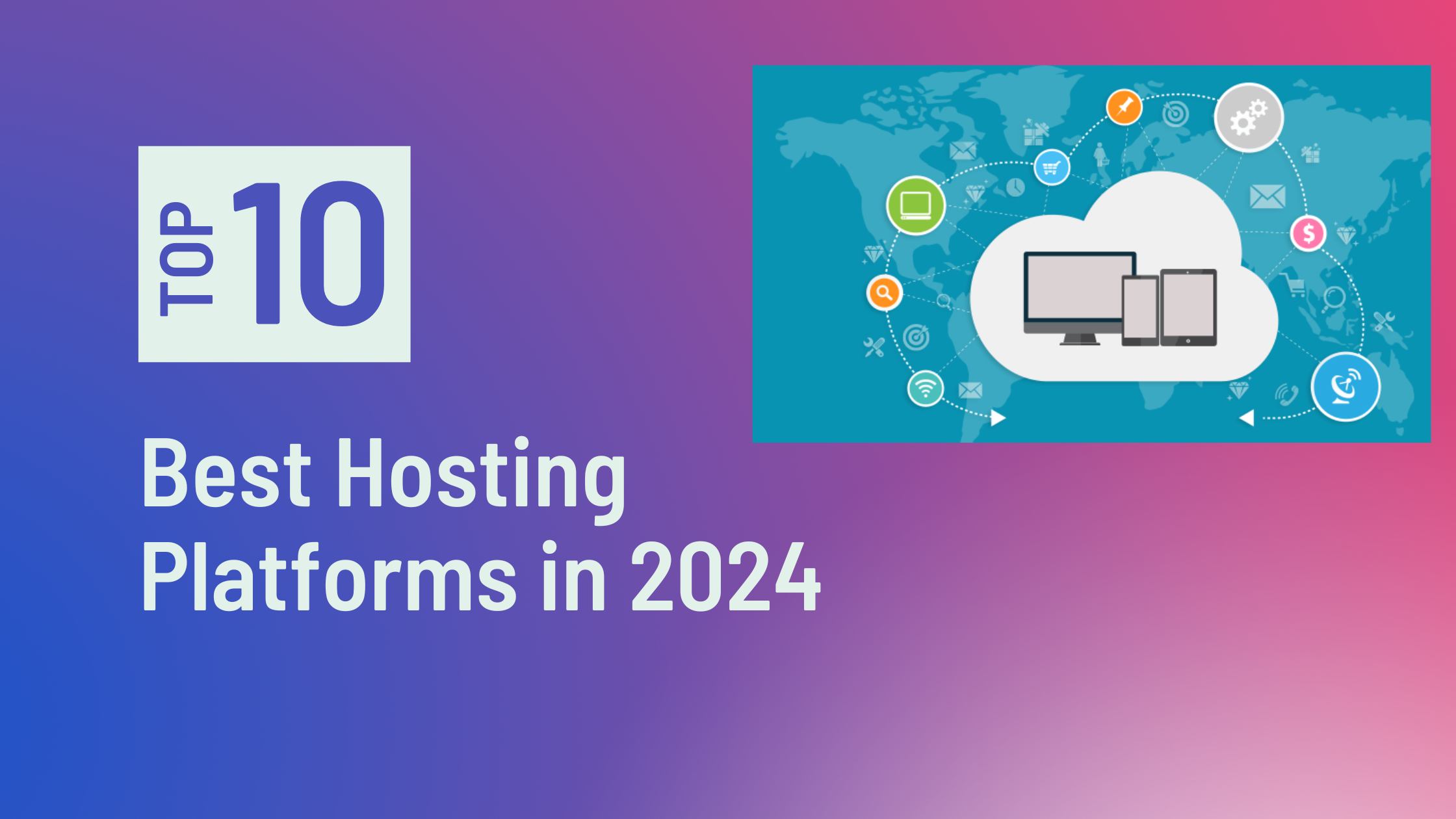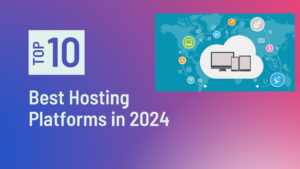Not so long ago, I stumbled across an enlightening statistic that truly showcased the growing influence of social media on our purchasing decisions. Did you know that over 30% of online shoppers say they would be likely to make a purchase from a social media network like Facebook, Twitter, or Instagram? This revelation became a turning point in my affiliate marketing journey.

As I dove deeper, it was evident that social platforms weren't just channels for sharing selfies and vacation snaps anymore. These platforms have swiftly turned into bustling marketplaces. E-commerce has seamlessly intertwined with social media, bringing about a new era where brands don't just communicate; they also transact.
From the booming Instagram storefronts to Pinterest's shoppable pins, social media's role in shaping our buying habits has skyrocketed. The facts say it all: over 4.2 billion people use social media today, which is more than half of our global population! And this intersection of social media and commerce has opened up a world of opportunities for affiliate marketers like us.

In this article, we're diving deep into the strategies for effective affiliate marketing leveraging these platforms. Whether you're a seasoned pro or just starting out, a goldmine of tips is waiting for you. So, let's jump right in and uncover the potential of social platforms in the affiliate marketing world.
The Fusion of Social Media and Affiliate Marketing

If you're new to online marketing, you might wonder, “What exactly is affiliate marketing?” Affiliate marketing is a performance-based marketing strategy where brands reward affiliates (that's you and me!) for each visitor or customer brought about by the affiliate's marketing efforts. Think of it as earning a commission for promoting someone else's products or services on your platform.
Now, let’s throw social media into the mix. Social media platforms like Facebook, Instagram, Twitter, and Pinterest have become integral parts of our daily lives. We share, like, comment, and most importantly, discover. With the vast number of users and the interactive nature of these platforms, it's no surprise that they offer a massive potential audience for affiliate marketers.
Social media essentially acts as a magnifying glass for affiliate marketing, amplifying reach and effectiveness. A tweet or a story can put a product in front of thousands, if not millions, within seconds. An engaging pin can drive significant traffic to an affiliate link, and a well-crafted Facebook post can lead to tons of conversions. Consumers discover new products on social platforms. This intertwining of social media and affiliate marketing isn't just the future; it's the present and thriving.
Understanding Your Audience on Social Platforms

Imagine walking into a room and striking up a conversation without knowing anything about the people in it. Sounds challenging, right? The same principle applies online. Knowing your audience is the cornerstone of any effective marketing strategy, and it becomes even more crucial when it comes to social media. After all, the power of your message is amplified when it resonates with the right set of people.
So, how do you get to know your audience better on platforms like Facebook, Instagram, and Twitter?
The answer lies in tools and methods designed to analyze your audience demographics. Platforms such as Facebook's Audience Insights and Twitter Analytics provide a treasure trove of information. These tools can help you glean insights about your followers' age, gender, location, interests, and much more. For instance, Instagram Insights lets you dive deep into metrics that matter, from profile visits to website clicks. Users on Instagram are aged between 13-80, making it a prime platform for products targeting that age group.
With these analytics in hand, you can tailor your affiliate marketing strategies to resonate with your target audience. Whether it's crafting a post that speaks to the pain points of a particular age group or using visuals that appeal to a specific demographic, understanding your audience equips you with the knowledge to make informed decisions and drive better results.
Crafting the Perfect Social Media Content for Affiliate Marketing
Visual Storytelling: The Power of Images and Videos
We're wired to process visuals faster than text. Just think about the last time an image or video on your feed made you stop and stare. That's the power of visual storytelling. In affiliate marketing, showcasing products through high-quality images or engaging videos can spell the difference between a scroll-past post and a must-click link.
Platforms like Instagram and Pinterest are inherently visual, making them perfect for vibrant product displays. Meanwhile, short video reviews or tutorials on platforms like TikTok or Instagram Reels can give your audience a clearer understanding of the product's value.
Copywriting: The Art of Compelling Captions
While visuals catch the eye, the words often seal the deal. Your caption should describe what's in the image and resonate with the reader's needs, desires, and emotions. A good caption is relatable, evokes curiosity, and nudges the reader towards action.
Remember, in affiliate marketing, you're not just promoting a product but sharing a solution. Address pain points, share benefits, and always include a clear call to action, whether it's “click the link in bio” or “swipe left to see more.”
Engaging with Your Followers: Building a Loyal Tribe
You've got the visuals. You've penned down a catchy caption. Now, it's time to foster engagement. Interaction isn't just about getting likes or shares and building a community. When someone takes the time to comment on your post or send a direct message, it's a chance for you to strengthen that bond.

Always respond to comments, even if it's a simple “Thank you!” For queries or longer discussions, direct messages offer a more personal touch. Encourage discussions by asking open-ended questions in your posts or creating polls. Remember, every interaction is an opportunity to solidify trust and loyalty.
In the realm of affiliate marketing, creating the right content is half the battle. But with captivating visuals, compelling captions, and genuine engagement, you're well on your way to mastering the art.
Utilizing Instagram and Facebook Stories for Promotion

The Ephemeral Nature of Stories: Why It Works
Stories like Instagram and Facebook have changed how we consume content. They are fleeting, temporary glimpses into someone's life or a brand's world. And that's precisely why they work so well for affiliate marketing.

Because stories disappear after 24 hours, they create a sense of urgency. Your audience knows they might miss out if they don't act quickly. This encourages immediate engagement and action, making it an excellent platform for promoting time-sensitive affiliate offers.
Swipe-Up Links: Guiding Your Audience Effectively
The magic of Instagram Stories lies in the “Swipe Up” feature. If you have a business account with a certain number of followers, you can include links in your Stories. When users swipe up, they are directed to the webpage you've linked, whether it's a product page, blog post, or landing page.

To use swipe-up links effectively, ensure they are relevant to the content of your Story. Craft a compelling call to action that prompts your audience to swipe up. And don't forget to track the performance of these links.
Diving Deep into Affiliate Marketing on Pinterest
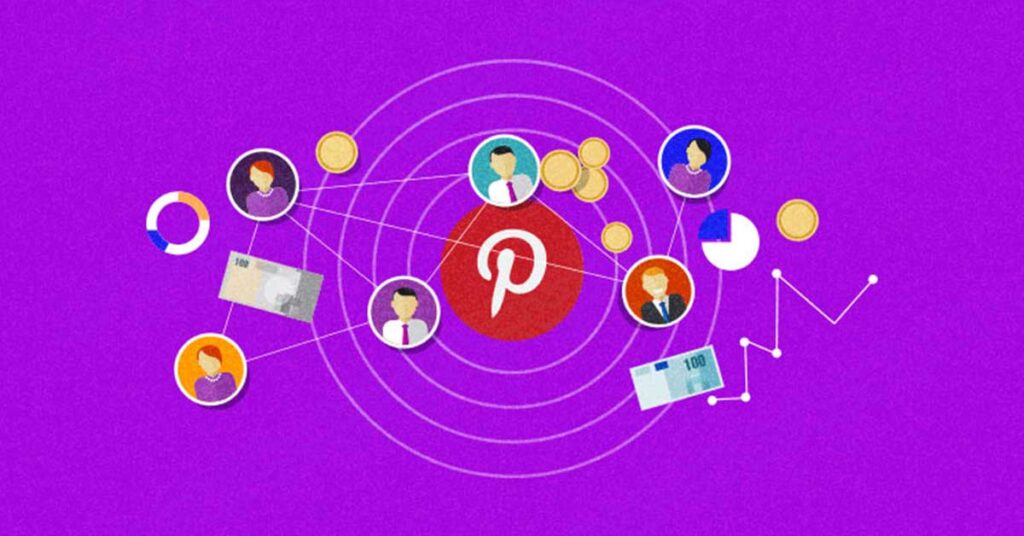
If you're an affiliate marketer looking for hidden gems, Pinterest is a treasure trove waiting to be discovered. Why? Because it's more than just a visual wonderland; it's a gold mine for affiliate marketing, and here's why.
Why Pinterest is a Gold Mine for Affiliate Marketers
Pinterest's unique appeal lies in its highly motivated user base. People come here with a purpose – to discover, plan, and shop. Unlike other social sites where users scroll aimlessly, Pinterest users are on a mission. They're actively seeking inspiration, ideas, and products to purchase. This makes Pinterest fertile ground for affiliate marketers to sow their promotional seeds.

Here's a staggering fact that drives this point home: Pinterest users are more likely to purchase products they find on the platform compared to other social sites. That's a testament to the platform's effectiveness as a sales channel.
How to Create Pin-Worthy Graphics
Pinterest is all about visuals; to thrive here, you need pin-worthy graphics. Start by designing eye-catching images that align with your affiliate products. Use high-quality photos and vibrant colors to make your pins stand out.

Additionally, consider creating informative and engaging infographics. These visuals not only grab attention but also provide value to users. Be sure to add a compelling title and concise description to your pins. Use relevant keywords to make your content discoverable through Pinterest's search function.
Maximizing Visibility with Affiliate Product Stories
While the traditional pins on Pinterest can have a lasting impact, consider using Stories to give your affiliate products a temporary boost in visibility. Stories have a sense of urgency due to their ephemeral nature, encouraging users to act quickly.

Include swipe-up links in your Stories to direct users to your affiliate products or landing pages—craft engaging narratives around the products you're promoting. Share real-life experiences or testimonials to build trust. By using Stories effectively, you can create a sense of excitement and urgency around your affiliate offers.
In the affiliate marketing world, Pinterest is a hidden gem waiting for savvy marketers to tap into its potential. With the right strategies, pin-worthy graphics, and an understanding of its unique user base, you can turn Pinterest into a powerful ally in your affiliate marketing journey.
Leveraging Twitter and LinkedIn for B2B Affiliate Products
When it comes to promoting B2B affiliate products, Twitter and LinkedIn are your dynamic duo. These platforms offer unique features and engagement opportunities that can significantly boost your reach in the business world.
The Potential of Twitter Threads and LinkedIn Posts
Twitter threads and LinkedIn posts are powerful tools for telling a compelling story about your affiliate products. Twitter threads allow you to break down complex ideas into a series of interconnected tweets, making it ideal for explaining the benefits and features of B2B products.
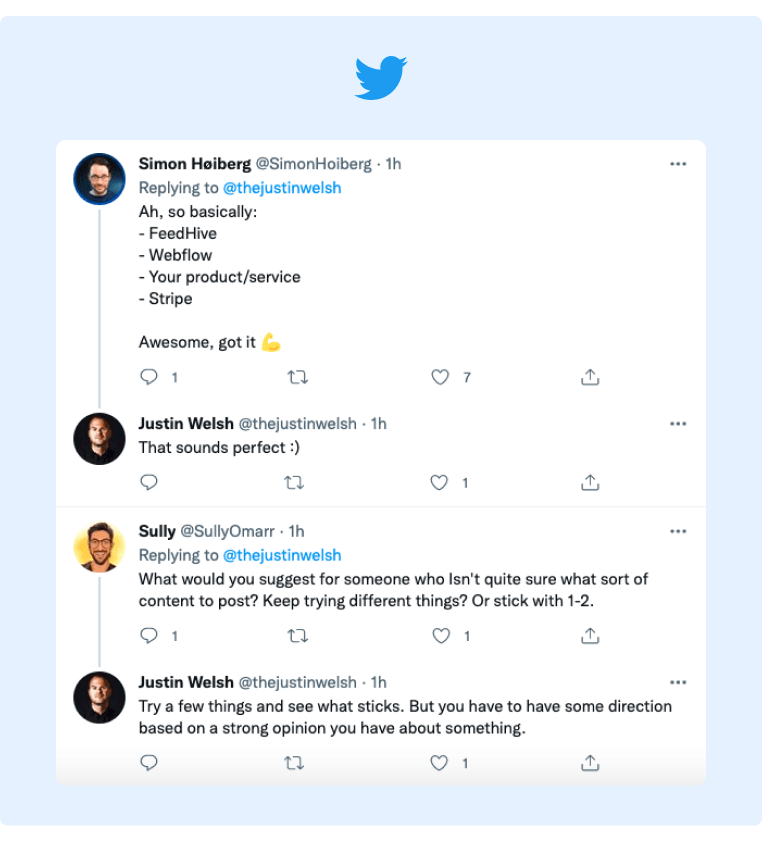
LinkedIn posts, on the other hand, provide a professional platform to showcase B2B solutions. You can use long-form content to dive deep into the challenges your affiliate products address and how they can benefit businesses.
Engaging with Communities and Groups
One of the key strategies in B2B affiliate marketing is to engage with relevant communities and groups on Twitter and LinkedIn. These platforms offer numerous industry-specific groups and hashtags where professionals gather to discuss their pain points and seek solutions.

By actively participating in these conversations and offering valuable insights, you can position yourself as an authority in your niche. When done strategically, you can naturally introduce your affiliate products as solutions to the challenges being discussed.
Here's a compelling stat highlighting LinkedIn's power in the B2B realm: B2B marketers find LinkedIn their top source for generating leads. This statistic underscores the platform's effectiveness in connecting with professionals actively seeking solutions for their businesses.
As you explore the world of B2B affiliate marketing, remember that Twitter and LinkedIn offer a rich landscape of opportunities. By harnessing the potential of Twitter threads and LinkedIn posts and actively engaging with relevant communities and groups, you can tap into the vast B2B market and drive impressive results.
Monitoring Performance and Adjusting Strategy
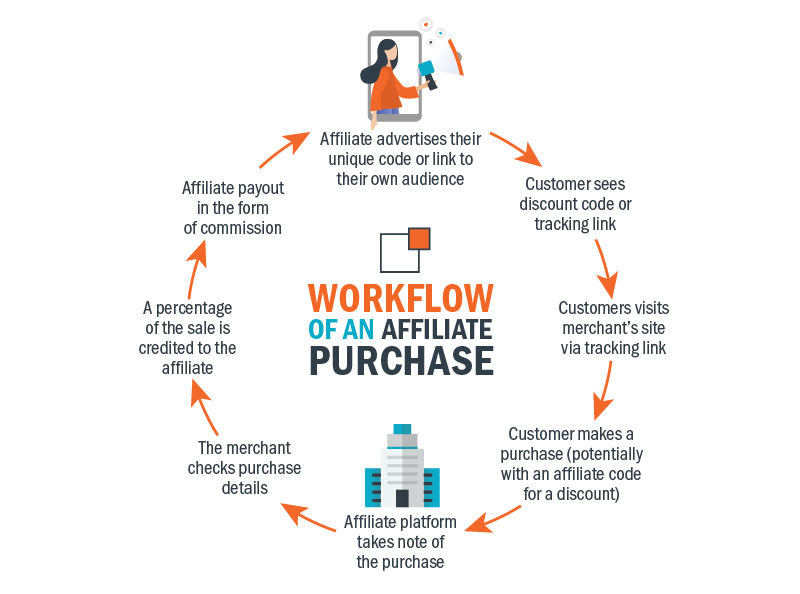
Your journey in affiliate marketing doesn't end with crafting compelling content and sharing affiliate links on social media. To succeed, you must keep a close eye on how your efforts are performing and be ready to adapt. This process is crucial for achieving long-term success.
Tools to Track Affiliate Link Clicks
You'll need reliable tracking tools to monitor the performance of your affiliate links on social media. Many affiliate programs provide their own tracking systems, allowing you to see the number of clicks, conversions, and commissions generated by your links. Additionally, you can use link-shortening services like Bitly or UTM parameters in your links to gather detailed data on click-through rates and traffic sources.

Understanding Metrics: What's Working and What's Not
Once you have the data, it's essential to analyze it effectively. Pay attention to key metrics such as click-through rates (CTR), conversion rates, and earnings per click (EPC). These metrics provide insights into which social media platforms, posts, or affiliate products are performing well and which may need adjustments.
Pivoting Strategies Based on Performance Data
Adaptation is the name of the game in affiliate marketing. When you identify what's working and what's not through your performance data, be prepared to pivot your strategies accordingly. For instance, if you notice that Twitter generates more clicks than Instagram, you might allocate more resources to Twitter promotion. If a specific affiliate product consistently underperforms, consider replacing it with a different one that aligns better with your audience's interests.
It's also important to experiment with different content formats, posting schedules, and messaging styles to see what resonates best with your audience. Continuous testing and refinement based on performance data will help you stay ahead in the ever-evolving world of affiliate marketing.
In conclusion, monitoring and adjusting your affiliate marketing strategy based on data is the linchpin of success. You can fine-tune your approach and maximize your affiliate earnings with the right tracking tools, a solid understanding of metrics, and a willingness to pivot when necessary.
Avoiding Common Mistakes

A successful affiliate marketing journey is built on trust, authenticity, and meaningful connections with your audience. To ensure your path is smooth and effective, steer clear of these common mistakes that can hinder your progress:
1. Overpromotion and Spamming
While promoting affiliate products is essential, bombarding your audience with excessive promotional content can be a major turnoff. Instead of relentlessly pushing products, focus on providing value and solving your audience's problems. Share informative content, reviews, and recommendations that genuinely benefit your followers. Balance is key; aim for a mix of affiliate and non-affiliate content to maintain trust.
2. Not Disclosing Affiliate Relationships
Transparency is paramount in affiliate marketing. Failing to disclose your affiliate relationships can erode trust and credibility. Always make it clear when you're promoting affiliate products by using hashtags like #ad or #affiliate. This transparency complies with legal requirements and reinforces your honesty with your audience.
3. Ignoring Audience Feedback and Engagement
Engaging with your audience is a two-way street. Don't neglect comments, direct messages, or feedback from your followers. Ignoring them can make you appear indifferent or unapproachable. Instead, foster a sense of community by responding to comments, answering questions, and encouraging discussions. Your audience's insights and preferences can guide your affiliate marketing strategy, making it more effective and audience-centric.
By sidestepping these common pitfalls, you'll build a stronger, more authentic affiliate marketing presence that resonates with your audience and paves the way for long-term success.
Conclusion and Future Predictions
As we near the end of our journey through the dynamic world of affiliate marketing on social media, it's crucial to acknowledge the ever-evolving nature of these platforms and the immense potential they hold for affiliate marketers.
Reflecting on the Ever-Evolving Nature of Social Media
Social media is a chameleon, constantly adapting to the needs and preferences of its users. What works today may not work tomorrow. However, this adaptability is a double-edged sword. It means that there will always be new opportunities, trends, and strategies waiting to be explored. As affiliate marketers, we are responsible for staying nimble, learning, and evolving with the platforms we operate on.

Encouraging Readers to Adapt and Stay Updated on Trends
If there's one piece of advice to take away from this article, it's this: Adaptation is the key to longevity in affiliate marketing. The strategies that work today may become obsolete tomorrow. Stay updated on the latest trends, tools, and best practices in social media marketing. Embrace change and be ready to pivot when necessary. This willingness to evolve will set you apart and keep your affiliate marketing endeavors thriving.
An Invitation to Share Experiences and Tips
We've covered a lot in this article, but the affiliate marketing community is vast, and there's always more to learn. We encourage our readers to share their experiences, insights, and tips in the comments section or on social media. Together, we can continue to grow, learn, and navigate the ever-changing landscape of affiliate marketing on social platforms.
Thank you for joining us on this journey. Here's to your continued success in the exciting world of affiliate marketing!



